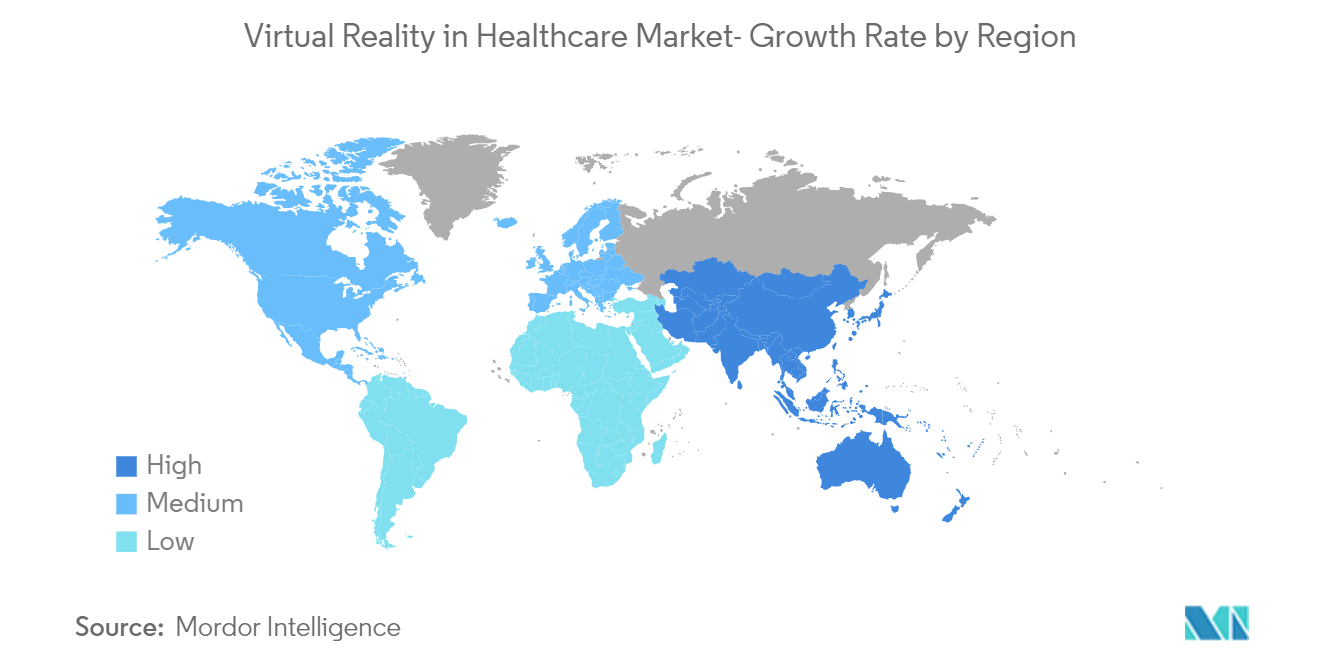Market Trends of Virtual Reality in Healthcare Industry
This section covers the major market trends shaping the Virtual Reality in Healthcare Market according to our research experts:
Pain Management Segment is Expected to Grow at a High Pace Over the Forecast Period
- Virtual reality (VR) has been used to manage pain and distress associated with a wide variety of known painful medical procedures. In clinical settings and experimental studies, participants immersed in VR experienced reduced pain levels and general distress/unpleasantness and reported a desire to use VR again during painful medical procedures. VR acts as a nonpharmacologic form of analgesia by exerting an array of emotional affective, emotion-based cognitive, and attentional processes on the body's intricate pain modulation system.
- The study published in the Journal of Medical Internet Research in September 2021 found that virtual reality can be a useful, scalable, and appealing alternative to existing pain management approaches. Thus, the increasing research and development for virtual reality in pain management are expected to boost the market's growth over the forecast period.
- Moreover, in November of 2021, the US FDA authorized the marketing of a prescription home-use VR device to help reduce chronic low back pain. As per an article published in April 2022 by Harward Medical School, Harvard-affiliated Spaulding Rehabilitation Hospital has been studying VR for a few years to see if the approach has the potential to manage any type of chronic pain. Such instances are expected to boost the growth of the market over the forecast period.

North America is Expected to Continue Dominating the Market
- North America, being a developed region, is currently dominating the virtual reality in the healthcare market. It is expected to hold a significant market share for a few more years. The major factors responsible for the region's largest market share are the well-established healthcare industry and the early adoption of IT services across healthcare settings.
- The United States holds the majority of the market in the North American region. This is due to the higher adoption of digital healthcare in the country, along with the high concentration of key market players and increased government funding for healthcare services and infrastructure.
- As per the report published by the US HHS in February 2022, HHS awarded around USD 55 million to increase virtual healthcare access and quality through community healthcare centers. The funding will help the health centers adopt the latest innovations and technologies to expand facilities for primary care for underserved communities.
- In February 2022, XRHealth raised USD 10 million in funding to expand virtual healthcare treatment in the Metaverse. The funding was backed by HTC, Bridges Israel impact investment fund, AARP, and crowdfunding on StartEngine.com and existing investors. Such factors are anticipated to propel the market's growth in the United States over the forecast period.
- Moreover, in November 2021, the US FDA authorized the marketing of EaseVRx, a prescription-use immersive VR system that uses cognitive behavioral therapy and other behavioral methods to help with pain reduction in patients 18 years of age and older with diagnosed chronic lower back pain. Team members across the health system, which serves locations in North Carolina, South Carolina, and Georgia, will also immerse themselves in a lifelike environment that uses natural language processing to practice difficult workplace discussions - and ultimately address unconscious bias - in a supportive, non-threatening environment.
- Thus, the increasing product approval by the regulatory authorities is expected to boost the growth of the market in the region over the forecast period. A well-established healthcare industry and the early adoption of IT services across healthcare settings are also projected to drive the market.


